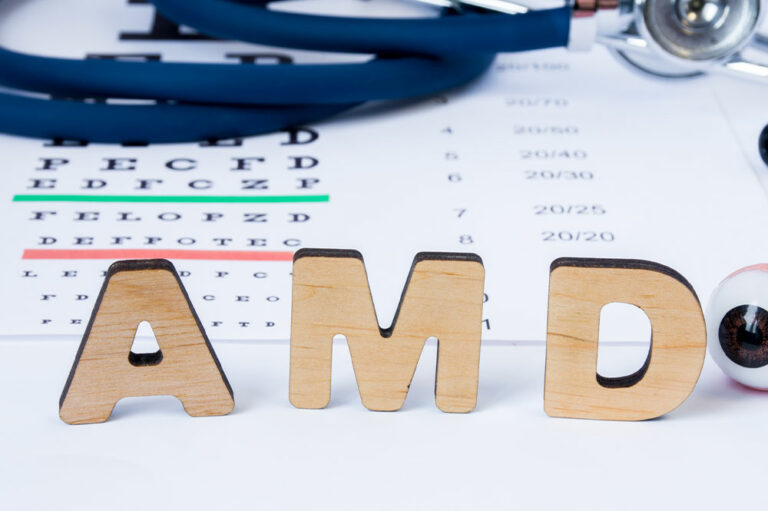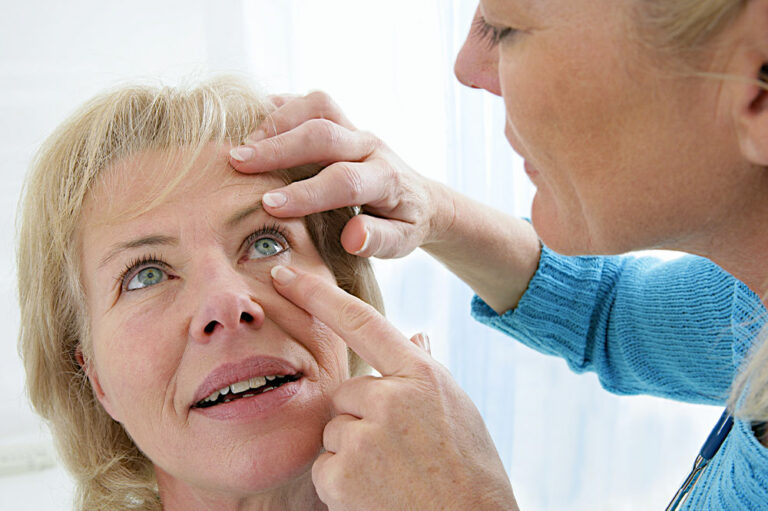
Watch Out for These 5 Severe Signs of Migraine
Migraine is a condition that can develop in anyone, however, women are three times more likely to get it. Some may have one or two episodes a year, while others could experience more than 10 episodes a month. The symptoms and severity of an episode may vary from one person to another. Migraine usually develops as a headache, beginning on one side and spreading to the entire head or shifting from one side to another.
Severe signs to recognize
Moderate to severe headache, nausea, diarrhea, loss of appetite and abdominal pain, and feeling too warm or cold are also common symptoms of a migraine. These symptoms are not alarming and get better with proper treatment and rest. However, there are some signs of headaches and migraines that one should not ignore.
Migraine with aura
As migraine is a neurological disease, one may experience symptoms like aura, where they see halos, flashing lights, zig-zags, and blank spots. Some may even experience a temporary loss of vision. Aura symptoms typically begin within one hour of the onset of the migraine. These symptoms usually last between thirty minutes to one hour. Some may experience confusion, weakness, or paralysis. Though aura symptoms alone are not dangerous, they could indicate other conditions like stroke. One should consult a doctor or a neurologist for a thorough examination and diagnosis if they observe this symptom.
Headache that does not respond to treatment
If one has a persistent headache lasting more than two or three days, and if it does not respond to any treatment, it is important to consult a doctor. A migraine typically lasts between four hours to three days. But, if one does not see any improvement in the symptoms, their headache switches from one side to another, or they experience a ringing sensation in the ears, they should seek immediate help.
Sudden and intense pain
A migraine may have some warning signs one or two days before onset. Frequent yawning, stiffness in the neck, constipation, mood shifts, fluid retentions, and sudden food cravings are indications of an episode. However, a migraine may occur without warning and is called hemiplegic migraine. The sudden onset of a migraine can be a sign of a stroke or an aneurysm, requiring medical attention.
Convulsions
Though very rare, migraine with aura may trigger a seizure and usually develops within an hour of the onset of a migraine. If the convulsions last more than two minutes, or if the person loses consciousness, they need immediate help.
Weakness on one side
While a person may feel fatigued one or two days before the onset of a migraine, some may experience weakness in one side of the body or find it difficult to move during and after a migraine episode. The weakness can also be part of aura symptoms and usually lasts 20 minutes to one hour. The weakness disappears on its own. If one notices the weakness lasting longer, it can indicate hemiplegic migraine. This symptom, if left untreated, can lead to disability, stroke, or paralysis.
Triggers and common symptoms
Some common migraine triggers are exposure to flickering or bright lights for a long time, exposure to chemicals, hunger, or overexertion. Hormonal changes can also trigger migraine episodes in women. Some of the common symptoms of migraine include throbbing or pulsating pain in one side or the whole head, nausea, vomiting, constipation, sensitivity to light and sound, blurry vision, changes in vision, irritability, loss of appetite, and scalp tenderness. In rare cases, one may experience migraine symptoms like fever, diarrhea, weakness, numbness, and inability to move.
Migraine is characterized by moderate or severe pain and a throbbing or pulsating sensation in one side of the head. Nausea and sensitivity to sound and light are also symptoms of migraine. An episode of migraine can last from four hours to three days. Research has revealed that abnormal brain activity triggers nerve signals and the chemicals in the brain, causing debilitating pain. One may feel depressed, angry, fatigued, anxious, or scared during and after an attack. If one is prone to frequent headaches, they should strictly follow the doctor’s prescription and resort to home or natural remedies until the worst is over. Migraines, unlike regular headaches, are generally unpredictable and may aggravate over time or develop suddenly without any warning.
Seeking treatment
Considering the type of symptoms that a person experiences during an episode, they may find it difficult to visit a doctor in person. Most doctors and hospitals provide telehealth or online consulting services, making it comfortable for patients to talk to doctors from the comfort of their own. Neurologists usually request migraine patients maintain a journal to record all relevant observations before, during, and after an episode. One can follow this tip and seek a migraine prescription online by sharing the following details with the doctor:
- Describe the pain, its intensity, and the location
- Tell them about the last episode and the gap between the two
- List possible triggers that may have caused the migraine episode.
- Ascertain if one requires further tests.
- Ask for the different treatment options and discuss with the doctor what would be suitable
- Check if there is something one can do to prevent another episode
- Ask the doctor if alternative treatments can help
- Get an online prescription for a migraine
- Get follow-up details
After the discussion, the neurologist can offer a diagnosis and tips for dealing with the pain. They will also ask the patient more about their symptoms to rule out other conditions causing the headache. They will then offer a comprehensive treatment plan and an online migraine prescription. Doctors may prescribe treatments both to find relief during the migraine episode and also to prevent future episodes. One can also request the doctor to send an online migraine prescription to a pharmacy nearby so that they can deliver it home. Getting relief for migraines online is possible today, increasing the convenience of quickly treating intense pain. This also saves one the trouble of stepping out and being exposed to harsh light and sound.







